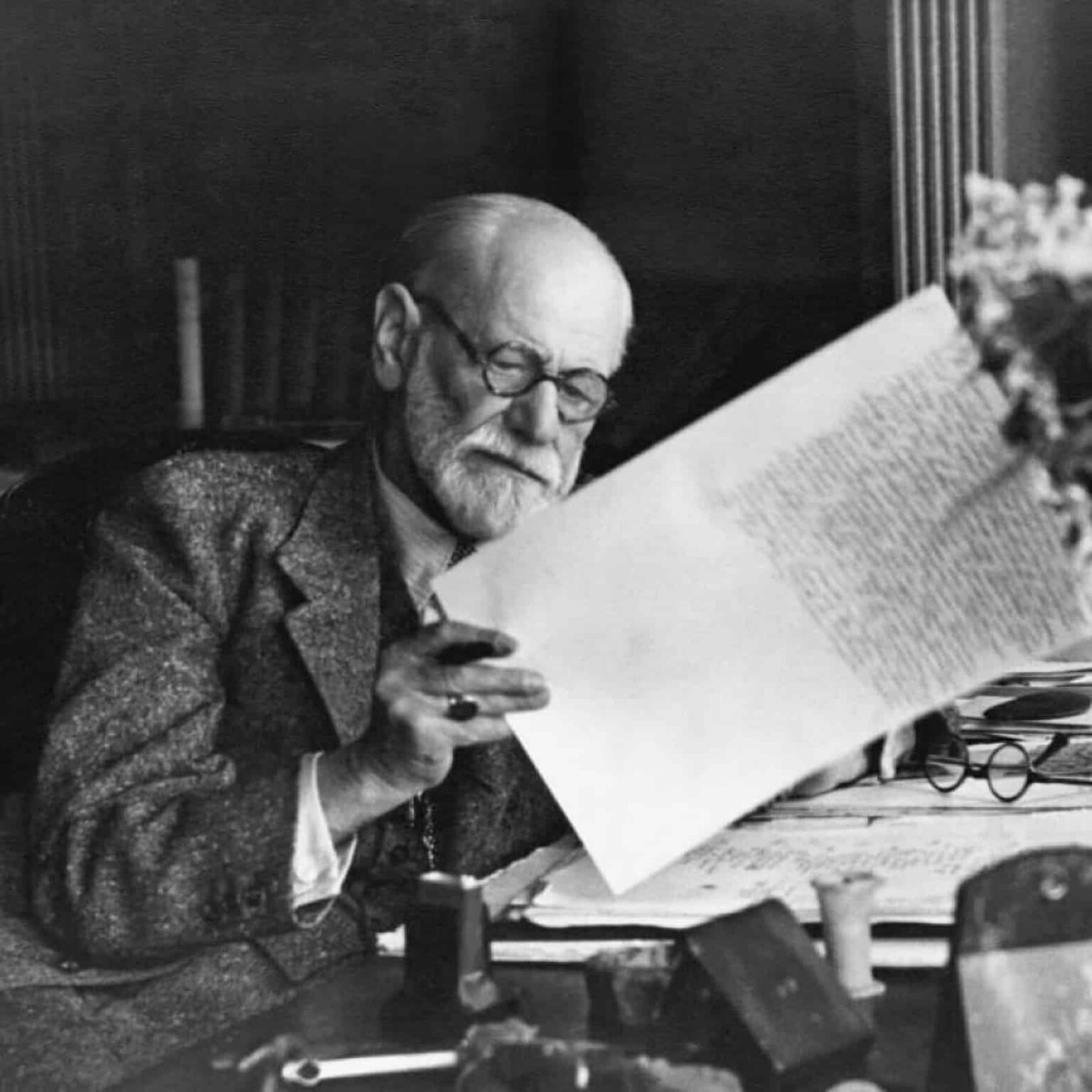What is Psychoanalysis?
Psychoanalysis is both a theory of how the human mind works as well as a comprehensive treatment for certain types of emotional suffering. The great Sigmund Freud discovered psychoanalysis in the 1890’s and developed its theory and practice over the next 50 years. Since Freud’s death in 1939, psychoanalysis has undergone continued and considerable theoretical and clinical development. Remarkably, more than a century since Freud’s publication of The Interpretation of Dreams, Freud’s fundamental insights into human nature remains valid today—most notably the influence of unconscious determinants of human behavior.
Psychoanalysis is based on the observation that individuals are often unaware of the unconscious factors that determine their bothersome conscious symptoms, emotions, and behaviors. In particular, our relationships during childhood with parents, siblings, and other important people become imprinted in our minds as unconscious behavioral templates that in large part determine the way in which we relate to people throughout the rest of our lives. However, these unconscious templates from childhood often conflict with one another such that under certain circumstances as adults, these unconscious childhood conflicts conspire to create troubling conscious symptoms, maladaptive personality traits, or difficulties with work, love, mood, and self-esteem. Because these problematic conflicts are largely unconscious, the advice of well-meaning friends, family, and even non-analytically oriented therapists will often fail to provide relief to what may be longstanding, troubling, and refractory psychological problems. Psychoanalytic treatment demonstrates how these unconscious conflicts affect current problems by tracing them back to their historical origins, thereby facilitating conflict resolution and healthier psychological development in deep and abiding ways.
To set up an appointment or discuss any questions with Dr. Schwartz, please call 513-644-2270 or follow this link to complete our online form.
